You can’t stop. You say to yourself “Oh, just one more.”
Maybe you put away the package and try to distract yourself, but something pulls you back.
You wish you have never opened the package… or never even bought it. It’s all your fault!
Pretty soon the box is almost empty. You’re feeling guilty, depressed, and maybe a little sick.
Been there before?
Yeah, me too. And it’s not a good feeling.
Experts have debated the possibility of food addictions for years, and I give my take on it in today’s post. Actually, in the next few weeks, I will explore what drives us to eat, both biologically and otherwise. Plus, I’ll cover tactics to help you overcome your drive to continue eating even when your body is telling you to stop. If you’re not already on my email list, be sure to join, so you don’t miss out on this valuable how-to information.
Remember the old Pringles commercial: “Once you pop, you can’t stop”? If you don’t, watch it now:
Side note: I can only imagine what an epic failure this commercial would be in this decade when the last thing we want is food we can’t stop eating.
Clearly, this Pringles ad featuring a young Brad Pitt was a better choice. Also, commercials back then were really bad, even with Brad Pitt.
Let me just say – the drive to keep eating and eating is not always a lack of discipline or self control, but a biological cycle.
Before you go bashing biology, you should know that understanding how this works is key to using it to your advantage. Yes, you read that correctly.
It’s not that your body has failed you; It’s that food has failed your body. -@LilyNicholsRDN
Know that food companies exploit your biological drive to eat and literally engineer foods to make us crave more. They want you to be addicted to food. Their food.
Researchers have finally investigated something that I have suspected for years – that certain foods can send signals to your brain that impact food cravings and even addictions.
The Study
They started by creating two milkshakes with the same calories, macronutrients (ratio of carbs, fat, and protein), taste, and level of sweetness, but with one key difference: the glycemic index. The glycemic index of a food is how quickly it raises your blood sugar after eating.
Shake #1 – high glycemic – will raise the blood sugar quickly
Shake #2 – low glycemic – will raise the blood sugar slowly
Half the participants received Shake#1 and the other half drank Shake#2.
They underwent tests before and during the 4 hours after consuming the shake:
-
MRI – to measure blood flow and activity in different areas of the brain
-
Blood sugar – how their blood sugar levels were affected by the shake
-
Self-reported hunger -’cause the few hours after a meal are peak times for food cravings
What they found
The specific areas of the brain involved in eating behavior, reward, and craving had much higher activity when the men consumed Shake#1.
In other words, foods that raise the blood sugar quickly stimulate the addiction, craving, and reward centers of your brain.
And what does that do?
It leads you to eat more foods that do just the same thing, raise the blood sugar quickly and stimulate the addiction and reward centers of your brain.
So what foods am I talking about?
Anything sweet or starchy.
Foods that raise your blood sugar quickly also cause the blood sugar to drop quickly. Naturally, when your body senses you have (or might soon have) low blood sugar, you get hungry. And your body is no dummy; it tells you to eat foods that will raise your blood sugar back up.
Anything sweet or starchy.
Unfortunately, unless you eat foods that are going to sustain your blood sugar at normal levels, you get stuck on a roller coaster of ups and downs, sugar highs and lows, and fluctuating cravings all day.
That means eating foods high in sugar or refined carbs, such as soda, juice, chips, crackers, cookies, cakes, bread, potatoes, pasta, tortillas, instant or quick cooking noodles/rice/oatmeal… will lead you to eat more of these foods… unless you break the cycle.
I’ll be exploring exactly how to break the cycle of food cravings and addiction in my next few posts. Be sure to sign up for email updates, so you get first dibs on how to fight food addiction with 3 super simple steps (that just might go against everything you thought you knew about healthy eating).
For those of you living in LA, my next workshop in September will go deep into the psychology of eating and be filled with hands-on mindful eating exercises that can help you overcome seemingly uncontrollable cravings to even your most craved foods. Seriously. Details will be announced via email, so get on the list!
Until next week,
Lily
PS – I’d love to hear from you! Have you ever eaten a food where you feel like you can’t stop? What was the food? Share your insight in the comments below.
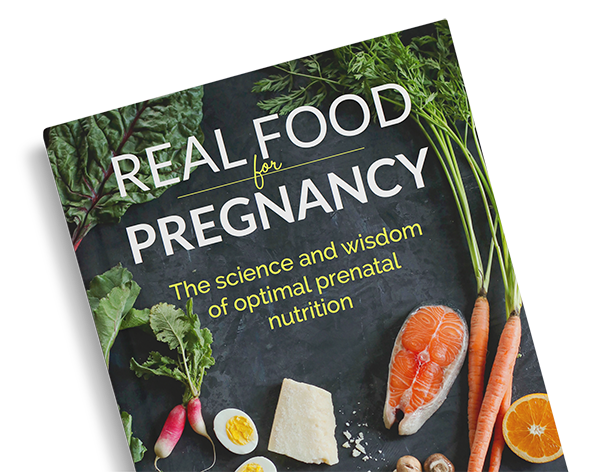
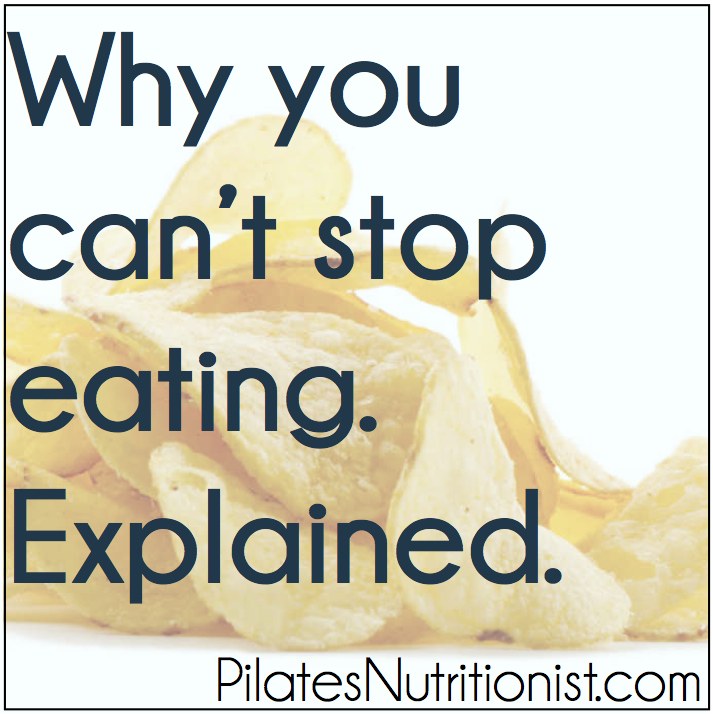
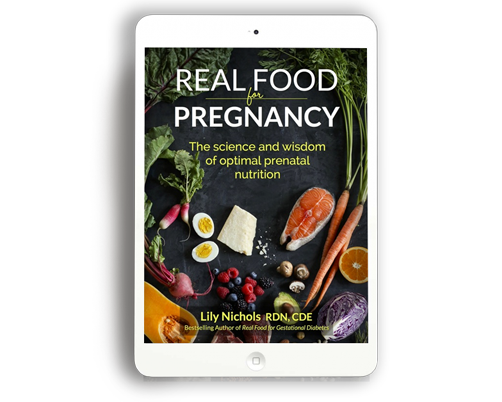
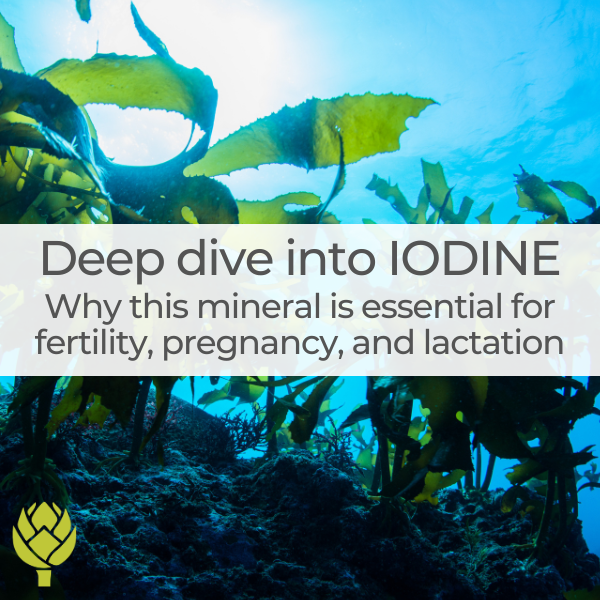

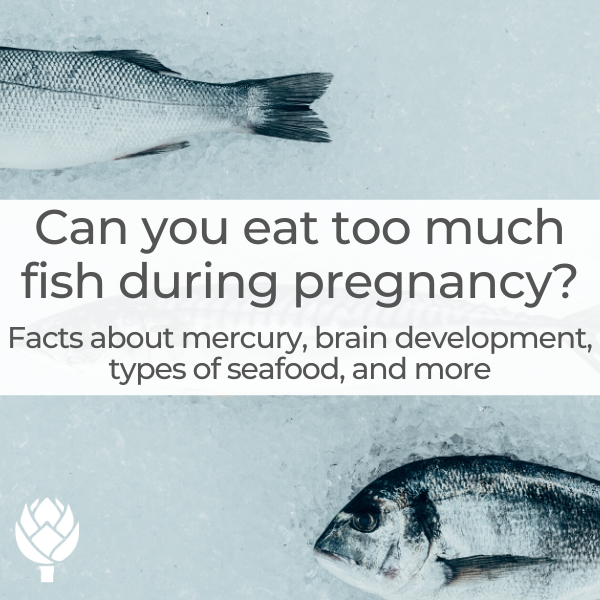
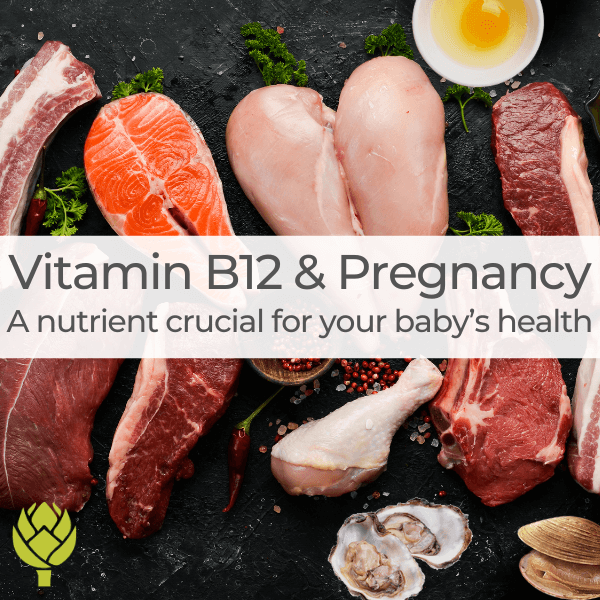

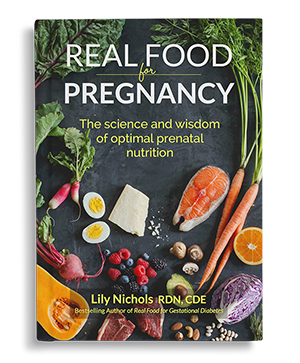
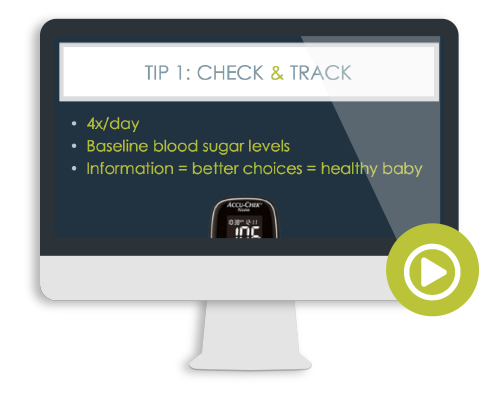
enjoyed what I’ve read so far
I’m wanting to learn how to change my thought patterns of 40 years around refined carbs and high sugar cravings.